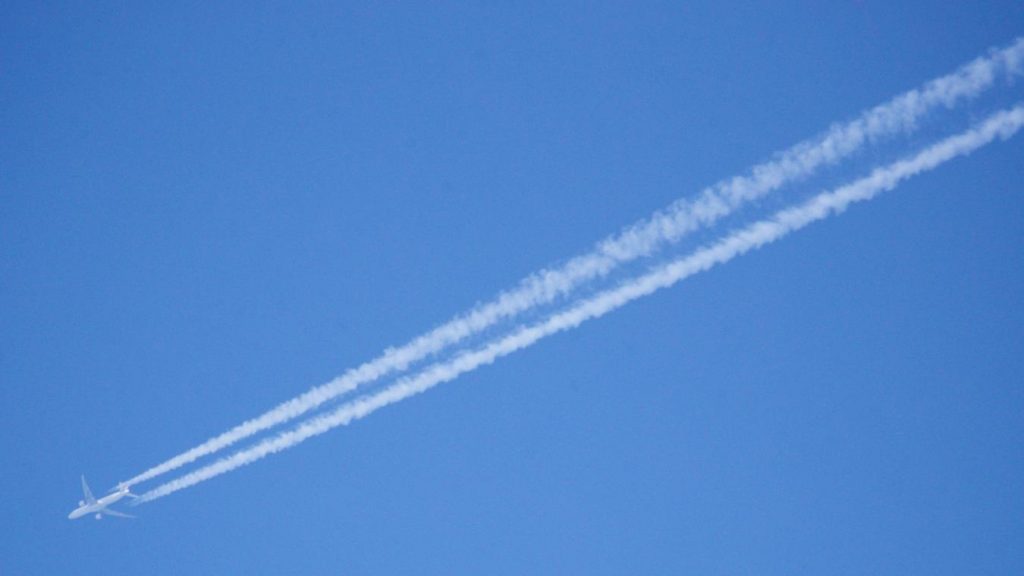
To what extent does it cut off “airspace” and how do we close it?
What is the airspace?
It is a part of the sky above a country that “belongs” to it. Since 1944 and the Chicago Convention, it has been estimated that each country has “sovereignty,” that is, it has authority over its own territory and up to 12 miles of coast (just over 22 kilometers). Moreover, a country can be entrusted with managing an additional territory: the country in question then guarantees the safety of the aircraft in its skies. In contrast, no vehicle can cross a “piece of sky” without warning. This is how France, with an area of about 644,000 square kilometers, manages an airspace of 1,000,000 square kilometers.
How is the airspace divided?
The airspace is divided vertically and horizontally into several “parts” that make up “flight information zones”: in France, less than 5,000 meters in altitude, nine zones are each controlled by the ANS. SNA approach that will manage the landing and climbing phases of aircraft. As for our region, it is located in Lille. Above 5,000 meters above sea level, to control aircraft in the various airways, the Centers for Air Navigation Control (CRNA) take over: There are five in France and our region is controlled by those between Paris and Reims.
And above?
After an altitude of 5,800 meters, it enters upper airspace, and there is only one region in France. And still above? It is not the property of anyone! International treaties define “space” as the freedom to explore and use it by all. The difficulty is that no one knows exactly where the airspace ends and outer space begins. The US Oceanic and Atmospheric Monitoring Agency sets the maximum at 80 km, the International Aeronautics Association at 100 km and the NASA Mission Control Center at 122 km!
Can the plane fly where it wants?
No. First, crossing a country’s airspace requires an agreement: this week the European Union decided to prevent Belarus from crossing its airspace: so Belarusian planes are no longer permitted to fly over Europe. In general, to operate in the airspace of a country, aircraft are often subject to a flight plan, which is always necessary in the event of crossing borders. Thus, if a passenger plane or a private aircraft enters French airspace without a flight plan or if no regulatory radio communication is established, it is supervised in the following minutes by two Mirage 2000 or two Rafale aircraft!
Thanks to the General Directorate of Civil Aviation for the information.

“Organizer. Social media geek. General communicator. Bacon scholar. Proud pop culture trailblazer.”
